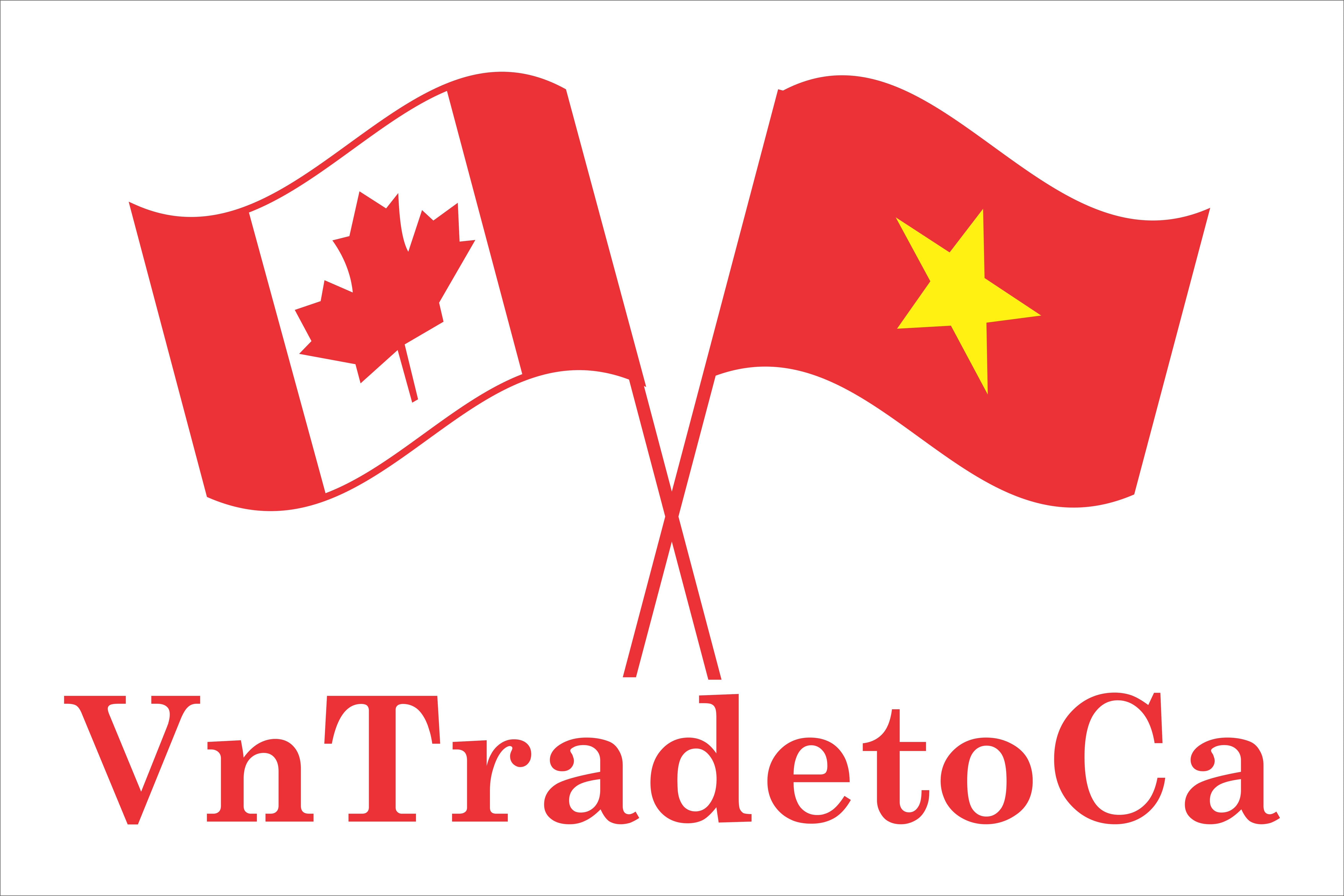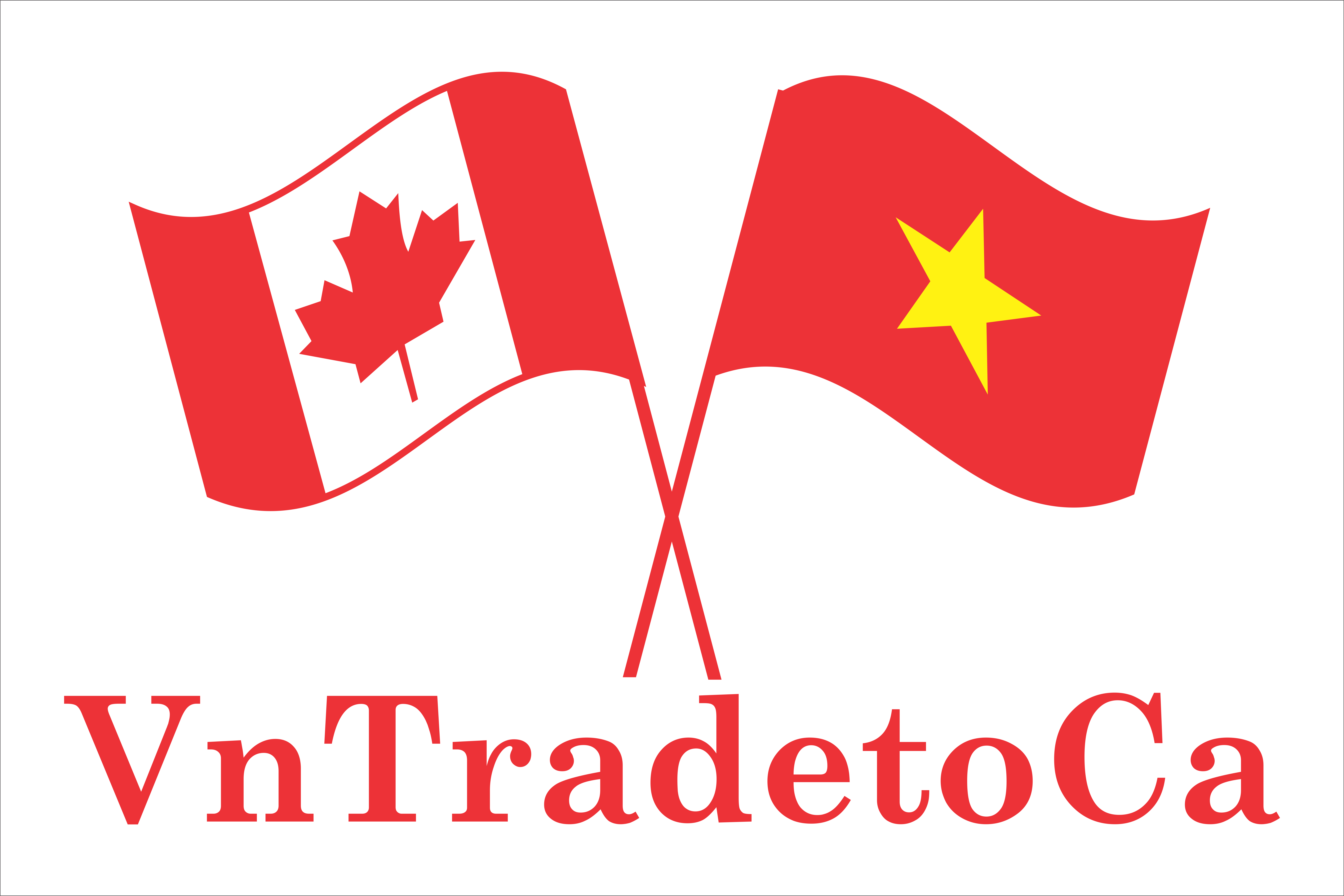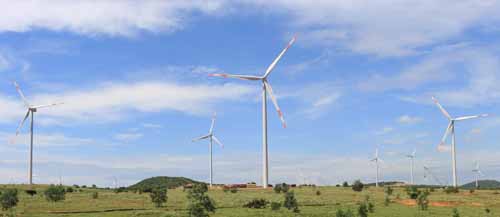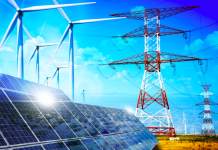At present, in Vietnam many wind power projects (WPPs) deployed, but there is no sample contract pattern established for this type of projects, so WPP EPC contractors and turbine suppliers still have a lot of questions and it is necessary to study and complete.
A number of following remarks must be noted in WPP contract negotiation:
The investors can sign EPC, EPCI contract with the contractor, turbine suppliers or separately sign TSA, FSA contract with turbine suppliers and BOP with the construction contractor.
May be even the case that the TSA and FSA contracts will be concluded in the EPC contract with a management fee of about 7-8%.
Usually, the negotiation starts by the Head of terms (HoT) before the main contract and schedules (there are 40 detail schedules with the basic clauses or vice versa: the basic clauses are summarizes of the main schedules).
A number of remarks in contract negotiation as follow:
1/Scope of work:
This is the key point that determines the contract price. The low price but the scope of work and work volume are limited or ignored doesn’t make sense.
A typical EPC contract will include all items of work as the
design, procurement, production, transportation, installation and completing the connection to the power transformer substation, including the test conditions with EVN.
The turbine of the offshore wind power project has characteristics different from the ordinary on-shore wind turbine. A number of the turbine suppliers can install on-shore turbines for near- shore (within 3 miles) wind power farm as it currently happens in Vietnam.
Clarifying responsibilities for road construction from the national highway to the project, for the CCTV monitoring equipment systems and shadow detection systems…
Clarifying the responsibilities between the contractor and the investor in transportation, installation, survey, demining, insurance, maintenance, design, construction of transformer substations, equipment types, supplier names, cables, fire protection systems, SCADA, SVC…
2/ Layout:
Layout is the most basic and also complicated condition.
EPC general contractors often optimize layout by the least costs – they choose the layout with the least costs.
However, in practice a layout can cause certain difficulties for legal issues, related to land and sea surface release. Especially for mixed projects – in the same location there are two or three projects with the different levels to approve, for example: a project with a capacity of 30 MW approved by the provincial People’ Committee while a project from more than 30 MW up approved by Ministry of Industry and Trade.
Besides, the investor must calculate the layout with a highest generation.
The chosen layout is compromise one of generation, costs and legality (that causes impact if a layout harms sphere of adjacent projects).
For more careful case, many investors often additionally refer to generation calculation and optimal layout of an independent consultant for comparing to the layout proposed by turbine supplier and EPC general contractor
3/ Major completion milestones:
The major completion milestones must be specified in the contract as:
– Signing EPC contract.
– Demining completion.
– Notice of implementation (NTP).
– Survey, design (completing technical drawings, approving detailed designs).
– Transporting materials for foundation.
– Spreading the cable.
– Transporting turbines.
– Installing turbines.
– Completing the bridge (if any).
– Test.
– Connection.
– Completing SCADA.
– COD.
– Transferring turbines.
– Handing over construction documents and operation and maintenance manuals.
– Final approval.
(Details for each item, details of milestones for each turbine…)
4/ Prices:
Clarifying the details that make up the price. Details of equipment and material origin, type. The prices are divided into main cost categories, including:
– Survey, design.
– Equipment (turbines, towers, anchor cages, cables).
– Transportation and installation (costs of foundation construction, bridge, transportation and installation of transmission lines and costs of building access road to the project).
– Costs of constructing temporary projects, costs of field operation, license, etc.
– Clarifying the costs with domestic tax or not, the price with excluding any items or not.
-The prices can be segregated into foreign and domestic contracts (a number of components that can be produced domestically will be priced in VND).
5/ Payment progress – Payment guarantee conditions:
Whether payment divergence and payment proportion match the payment schedule of turbine supplier or not. Usually, payment divergence based on the progress of transferring anchor cages, towers, turbine installing completion and commercial operation.
What case it must to use Letter of Credit (L/C). IT is better to use parent company guarantee (PCG).
Clarifying the number of days to complete payment from receiving invoice requesting payment.
6/ Law on dispute settlement:
It is often to choose Singapore law with both interests of geographical and easily acceptable ensures for the international firms.
7/Generation guarantee:
Ensuring 100% power generation curve guarantee minus some force majeure details.
8/ Weather risks:
Applying P50.
9/ Output test (Power Curve Test):
If the test results show that the generation output is less than the committed one, the contractor will pay % of the loss for a period of 20 years of the project life.
10/ Term of maintenance (O&M): 20 years with fixed price by contract.
It is committed that minimum generation at 97% and better at 97.5%.
The availability warranty is calculated by time as operation time/life time of the project and by generation output as actual output /expected output.
Source:Nangluongvietnam







